- Home
- About
- News
- Services
- Author Services
- Working With Artists
-
Sparks
- Book Santa Fe
- V Day UVM Hermosillo
- SFYSA
- Flamenco
- Santa Fe Intl. Silk Fashion Show
- Freud's Artifacts
- Personal Artifacts
- Wunderkammer - Artotems Co.
- Dreams Revisted - Jung
- Meet Artotem
- Artistic Business Cards
- Things on Adobe
- It Was In Our Hands
- A Vision of Crows
- Look and Listen
- Death of A Book
- Alan Watts
- Textures - It's Nature's Way
- The Early Years
- Things on Adobe
- Our Customers Are Creative
- Contact
|
Tucked away in the El Castillo caves in Spain, first discovered in the 19th century, scientists recently re-tested the hand stencils painted in one of the caves. Much to their surprise they were far older than previously thought. They were so old in fact; at an estimated 40,800 years, Neanderthals may have created the stencils. Whoever created them and for whatever reason they proclaim, “We were here and if you find this we want you know it!” Looking at the hand stencils one can’t help but marvel at the connections across time that these simple human intimate representations signal to us. The hand, our most unique physical way of making a mark becomes the mark they make to speak to us. Who doesn’t understand a signature as universal as that? The cave painter’s accomplishments in the caves don’t stop with hands but represent the world they lived in and what mattered to them. Like other archaic cave paintings discovered throughout the world these marks speak to us about their creator’s unique abilities and leave many of us with a deep appreciation of those who came from a time so long ago. We see their incredible skills at carefully rendering elements of a world whose difficulties we can’t really imagine. They took the time to create these and surely they knew others would find them.  Instagram - Our virtual cave wall. Instagram - Our virtual cave wall. We all in one-way or another want to make our mark. Whether personally, or within an organization or a team we want to leave a legacy that says, “I/We did this.” The ways to do this have vastly multiplied. Communication avenues have increased like never before. There has never been a better time to make your mark and have the ability to tell the world that you have done so. Each time we create a web site or post on Facebook we are making a declaration that says this is what matters and unlike the hidden cave paintings the potential audience is unlimited. Each Flickr photo or Pinterest post makes a statement and reaches out to others and like the cave paintings visually proclaims, “I/We care about this and want you to know it!” It’s any ones guess how long these digital proclamations will last but there is no doubting the potential reach they have in the present. Like the cover photo we created in chalk for this blog post they may easily disappear but for that short time the audience is enormous. The cave paintings on the other hand have now lasted for tens of thousands of years and have the advantage of being presented to this much wider audience. Wow, we are impressed and are glad they are still there! As we work with others throughout the world we are continually inspired by what our customers accomplish and what they create. We are honored to help them proclaim, “We did this and we want you to know it!” The Cave of Forgotten Dreams by Werner Herzog
0 Comments
By Mari Angulo for Techie Corner in Tumbleweeds: The Quarterly Newspaper for Santa Fe Families As a child of the 80s, raised on technology, I imagine that it can be overwhelming for today’s parents to teach their kids about Internet and social media safety. It’s intuitive to assume that parents are the ones who teach their children how to perform new skills and make use of tools, but technology has turned that idea on its head. I grew up with technology that my parents couldn’t begin to understand, and oftentimes they didn’t know what else to do but trust me to do the “right” thing with it. For this article I have thought about the things that might have helped my parents guide me, even when “technically” I was much more savvy. Online safety is no longer only a matter of strict browsing controls. Yes, it’s advisable for parents to seek filtering software that blocks adult content and viruses. However, even the best filters can’t stop certain inappropriate sites from surfacing, as the content may not yet have been “flagged” as inappropriate. ere are also no filters smart enough to block inappropriate interactions between your kids and their social media contacts. Because of this, it becomes imperative to keep an open conversation with your kids about online and social media safety. Parents should give kids an idea of what is acceptable and unacceptable behavior online, starting from their guidelines for acceptable behavior in day-to-day life. Computer safety also requires us to discuss issues of privacy and reputation. is includes helping kids to understand what things should stay private, as they decide what information to share with their contacts. Setting some basic (or not so basic) ground rules will allow you to stay informed about your kids’ online habits and help you provide guidance for their safety. Just as you wouldn’t allow your child to go to a mixed-age event without supervision, you should recognize social media and the Internet as a real-world means of communication that should also be moderated. The following are some ideas to help you get started with setting your own ground-rules for Internet and social media use:
• Know their online friends. If you know your kids’ friends at school, your role in their social media use shouldn’t be much different. You have a similar right and responsibility to know who your kids are “friending” and interacting with on social media sites. Make this an important part of your ground rules: you should have open access to their account so that you can browse through friends and make sure content they are sharing is appropriate. • Limit use. Designate times and limits for use, just as you would for TV and video games. Social media shouldn’t replace face-to-face interaction. • Pick a centralized location. Allow them use of a computer or tablet only in a shared space in your home, such as the family room or kitchen, as opposed to privately in their rooms. Kids are less likely to engage in risky behavior if you are in the room or might walk through at any moment. • Block pop-ups. Tell your child to block pop-up windows and to ask you when they’re unsure about online ads. Kids are more likely to click on a colorful button that says, “You’ve won $1,000 dollars, click here to redeem.” announcements and pop-up windows usually lead to viruses or inappropriate websites. • Beware what you share. e issue of privacy online quickly becomes an issue of reputation. Advise your kids that with the widespread use of social media sites, our lives are being “recorded” online, and anything we say or post can easily be shared and copied. Parents should urge their children to think twice about what is appropriate to post in public platforms. • Don’t believe everything you see. Teach your kids that not everything they see online is true. A lot of information has not been verified, and many websites and blogs are filled with opinion presented as fact. e same principle applies to others’ identities; not everyone is who they say they are. e Internet brings new meaning to “Don’t talk to strangers,” and parents have a key role in identifying risky behavior. If you are coming to social media new as an adult, or even to the Internet, you are not alone! ere are countless resources online and locally that can help you keep your kids safe. Look for free computer literacy classes offered at the Santa Fe Public Library, or sign up for a beginner course at the Santa Fe Community College. As a good parent, your responsibility is to make an effort to get familiar with new communication technologies that affect your children. Finally, remember to model proper technology etiquette. Be a good example for your kids! Don’t text and drive or check email — even at stoplights. |
Artotems Co.Sharing our creative efforts, work and travel. Archives
December 2022
Categories
All
|
Site Design by Artotems Co.
- Home
- About
- News
- Services
- Author Services
- Working With Artists
-
Sparks
- Book Santa Fe
- V Day UVM Hermosillo
- SFYSA
- Flamenco
- Santa Fe Intl. Silk Fashion Show
- Freud's Artifacts
- Personal Artifacts
- Wunderkammer - Artotems Co.
- Dreams Revisted - Jung
- Meet Artotem
- Artistic Business Cards
- Things on Adobe
- It Was In Our Hands
- A Vision of Crows
- Look and Listen
- Death of A Book
- Alan Watts
- Textures - It's Nature's Way
- The Early Years
- Things on Adobe
- Our Customers Are Creative
- Contact

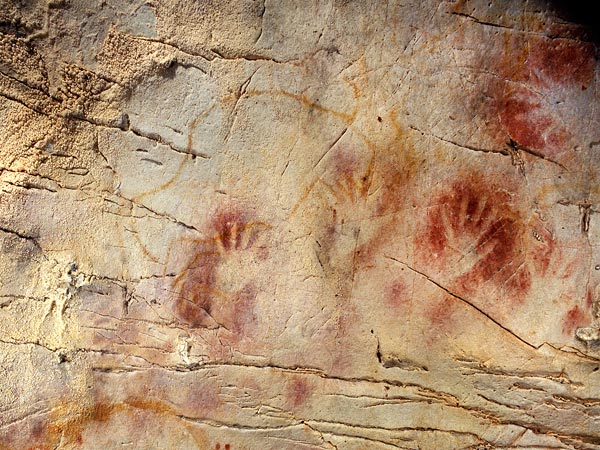
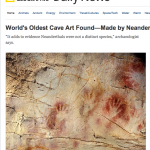

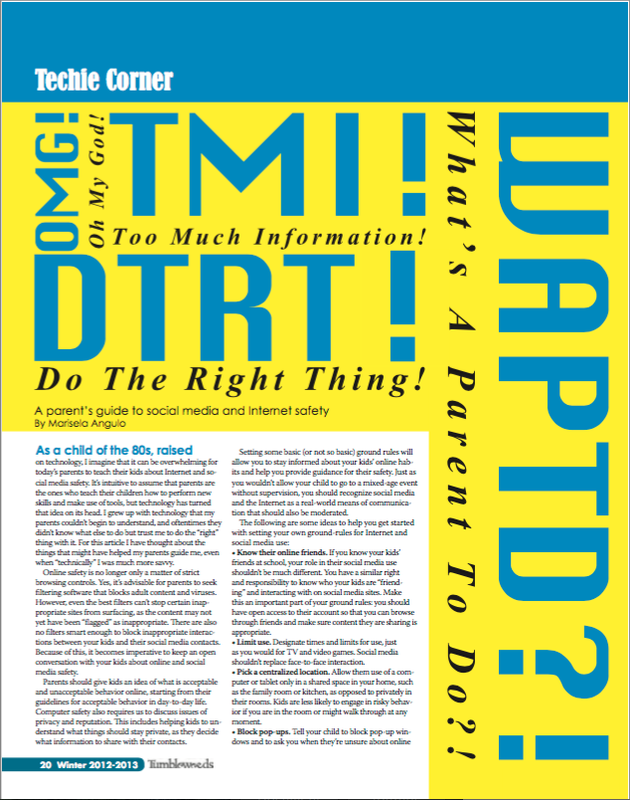
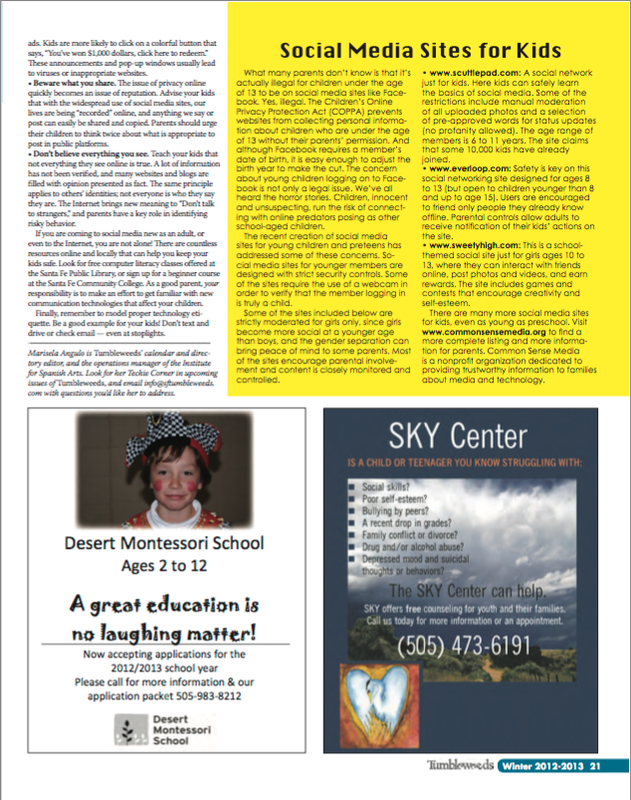
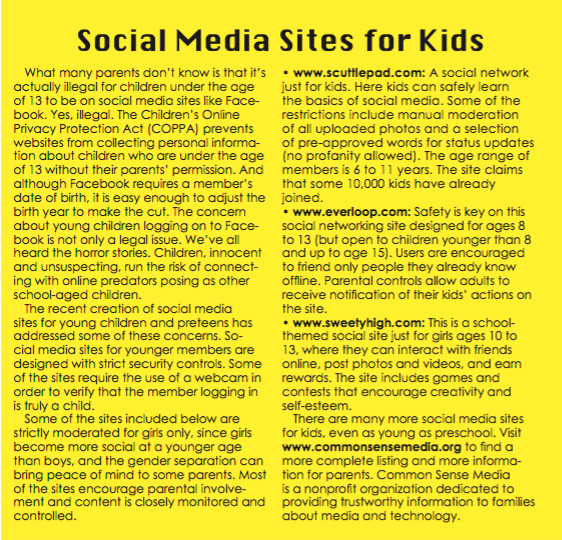

 RSS Feed
RSS Feed